Submitted by WA Contents
KCAP reveals plans for Keflavík Airport Area Strategic Masterplan in Iceland
Iceland Architecture News - Dec 23, 2021 - 17:14 3589 views
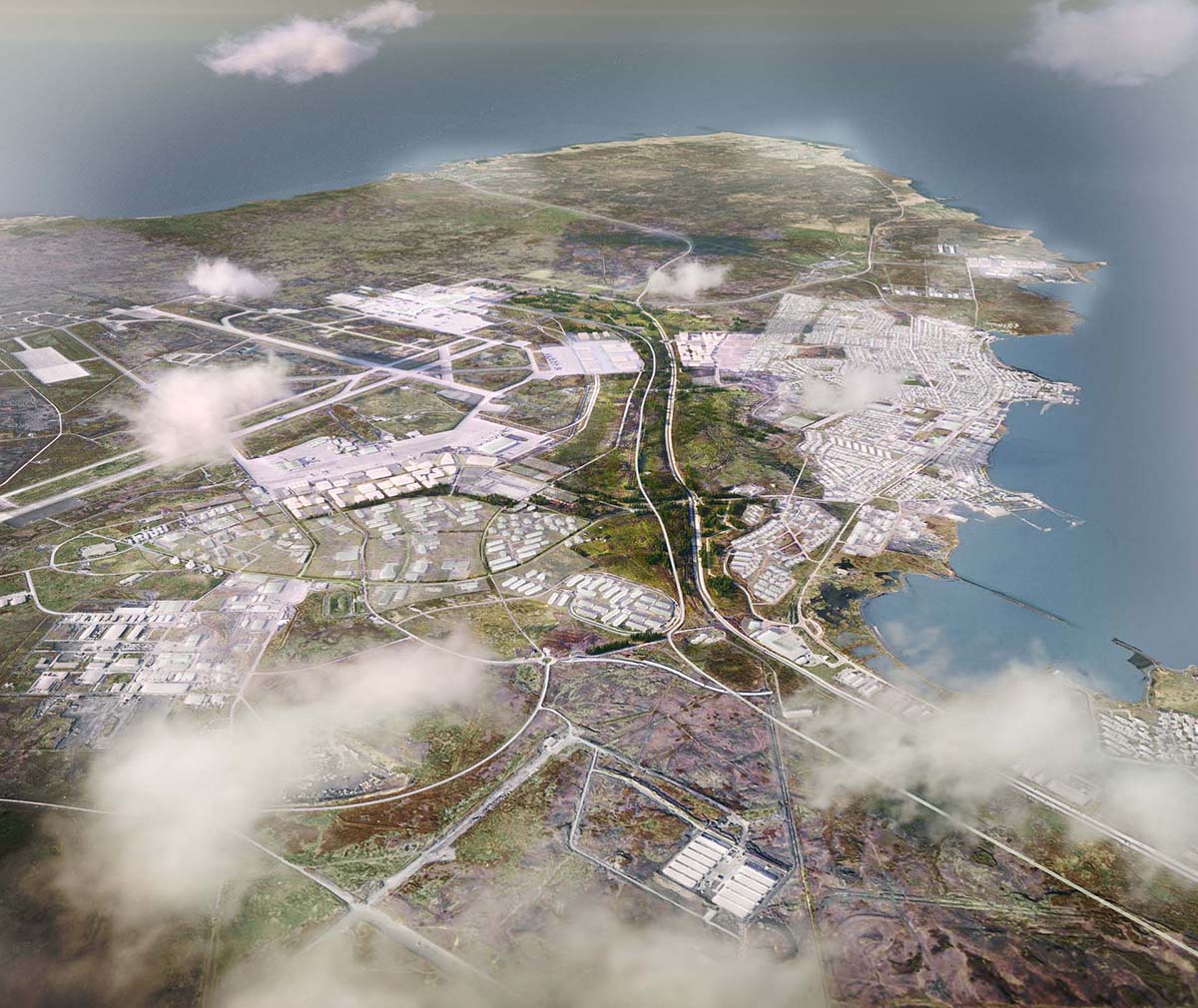
KCAP has won an international competition to design the Keflavík Airport Area Strategic Masterplan in Iceland.
The vision, integrating an ambitious economic development concept in terms of sustainable urban design, landscape, and mobility strategies, will comprise an a 55-square-kilometre area surrounding Iceland’s global aviation hub.
Led by KCAP, the multidisciplinary team includes WSP, Felixx, MIC Mobility in Chain, VSO Consulting, Buck Consultants International, Buro Happold, Base Design, Maurits Schaafsma, Amberg Loglay and Kanon Arkitektar.
Organised by the Keflavík Airport Development Company (Kadeco), Kadeco’s CEO Pálmi Freyr Randversson praised the winning proposal as "a crucial step to realising our future vision for the airport area. I’m thrilled to partner with Team KCAP on this project of national importance."
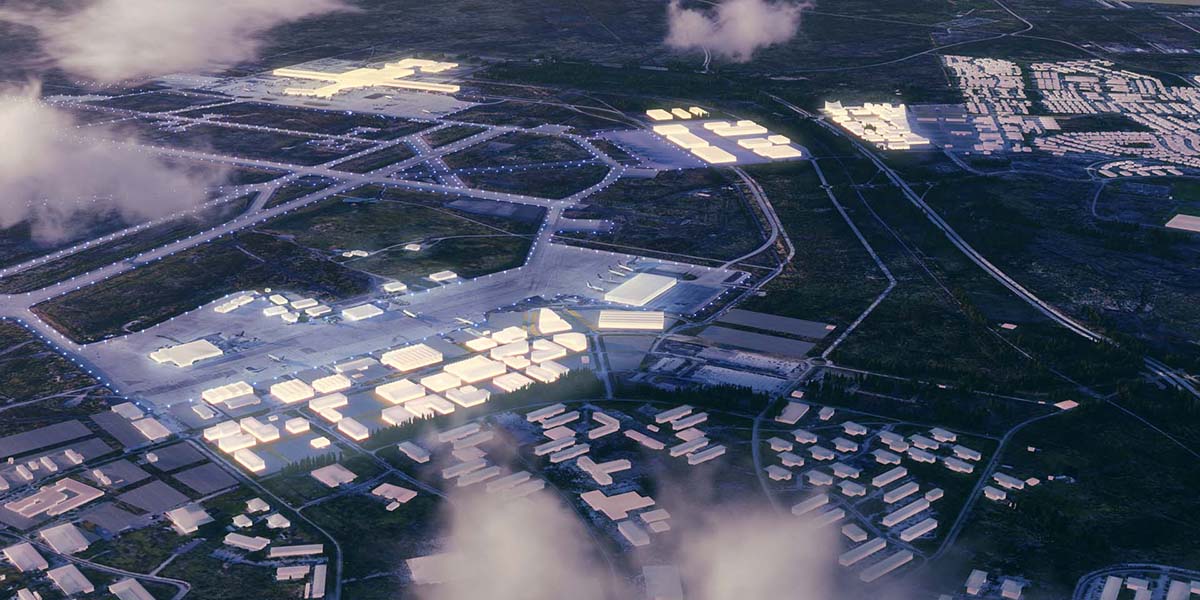
The masterplan aims to transform strategic locations in the airport area into a showcase for the country’s ambitious economic development and sustainability strategies.
It was this approach—together with the proposal for collaborative development between public and private sectors—that earned the team the first prize. The second and third prizes were awarded to international consortia led by Arup and Jacobs respectively.
KCAP's materplan aims to elevate Keflavik’s strategic position between Europe and North America, with its plentiful supply of renewable energy, and the captivating landscape of the Reykjanes UNESCO Geopark.
By setting a path for long-term sustainable development, the masterplan is intended to act as a catalyst to innovate the Icelandic economy. Meanwhile, for mutual benefit, the masterplan seeks to enhance the relationship between airport and local communities of Reykjanesbær and Suðurnesjabær to be able to grow together.
"With that in mind, Team KCAP’s proposal emphasises projects that have a strong local ownership and respond to existing needs," said the KCAP team.
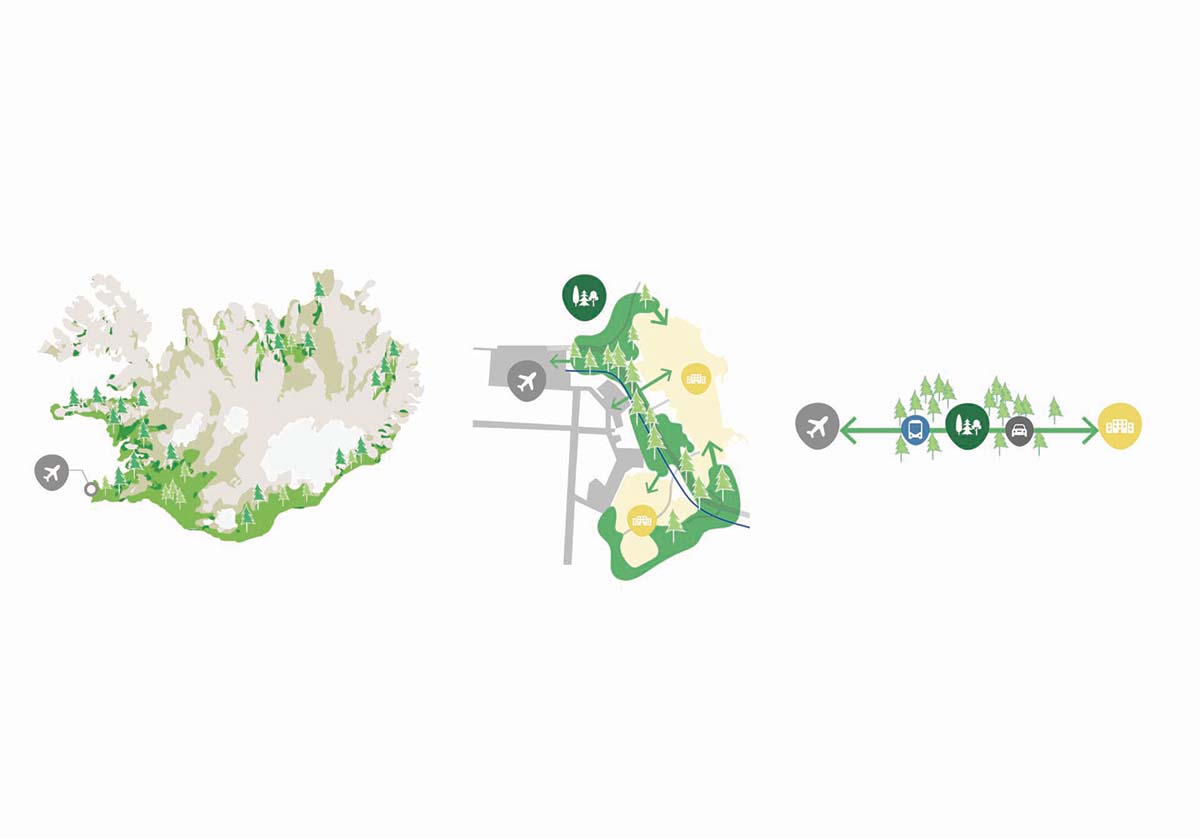
The team’s strategy is based on identifying catalyst sites that can achieve a high impact in terms of identity and value creation. While the focus on masterplan is framed around a polycentric urban archipelago, the sites are planned to be connected by the landscape of the Airport Corridor.
Through the connections of landscape these areas are aimed to contribute to climate action plans, and are intended to play a fundamental role as the "identity carrier" for the airport area.
"Tapping into the government’s climate action plan that identifies reforestation as a top priority, the landscape concept connects the Airport Corridor into a national network of reforestation projects," said the KCAP team.
"A future oriented mobility vision comprising the Keflavík-Reykjavík Link (BRT), local public transport and active mobility linkages connects the airport area’s urban nodes for travellers, workers and inhabitants alike."
The design team added that "different development strategies have been assigned to the catalyst sites, from greenfield interventions to the transformation and densification of existing built areas; carefully phased timelines allow for the different areas to be developed simultaneously and incrementally, according to market demand."
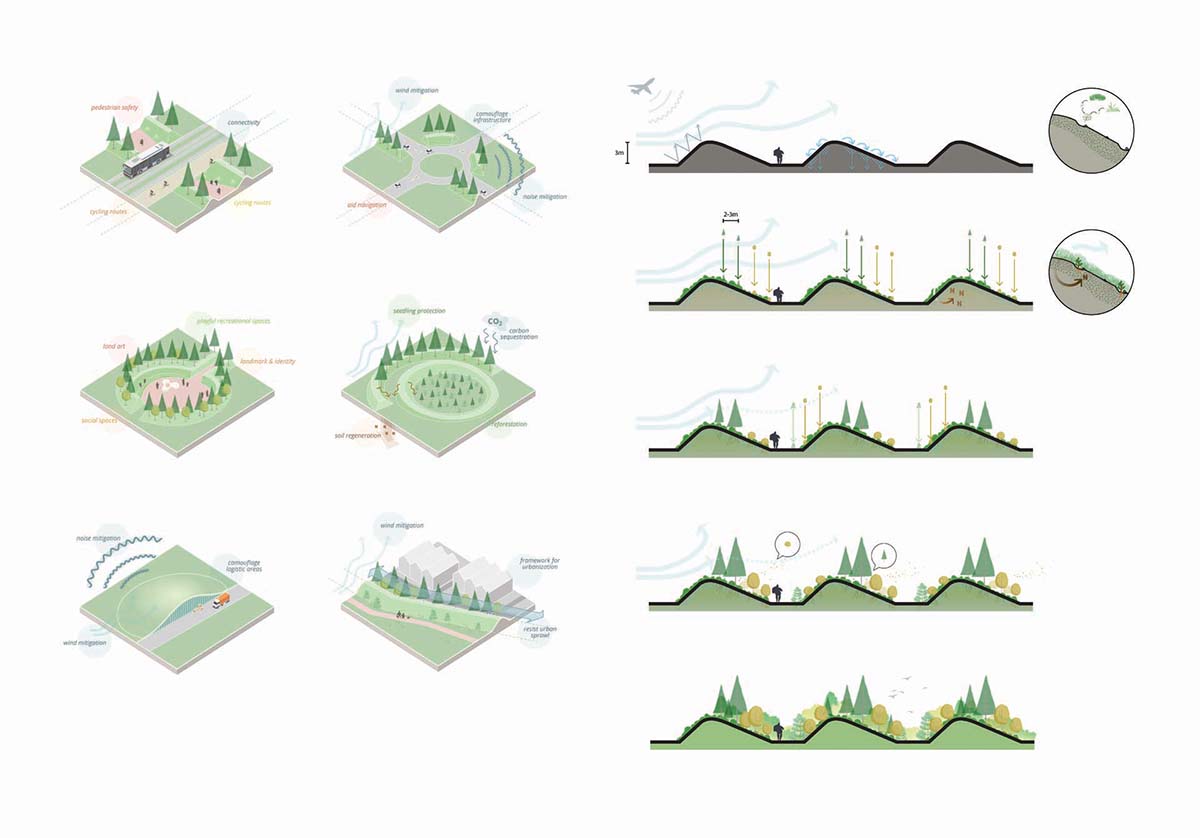
The catalyst sites facilitate diversification into new sectors such as the production of green hydrogen, electric aviation, hi-tech agriculture, and marine aquaculture. Keflavík Airport Area will attract new high-value companies and create opportunities for a diverse workforce; the economic strategy will deepen the talent pool for innovative sectors by attracting international experts as well as improving educational opportunities for the local population.
This is based on the team’s belief that knowledge and skills acquired overseas can be brought back to benefit the Icelandic economy, and that investment in economic development should also target the development of the labor force.
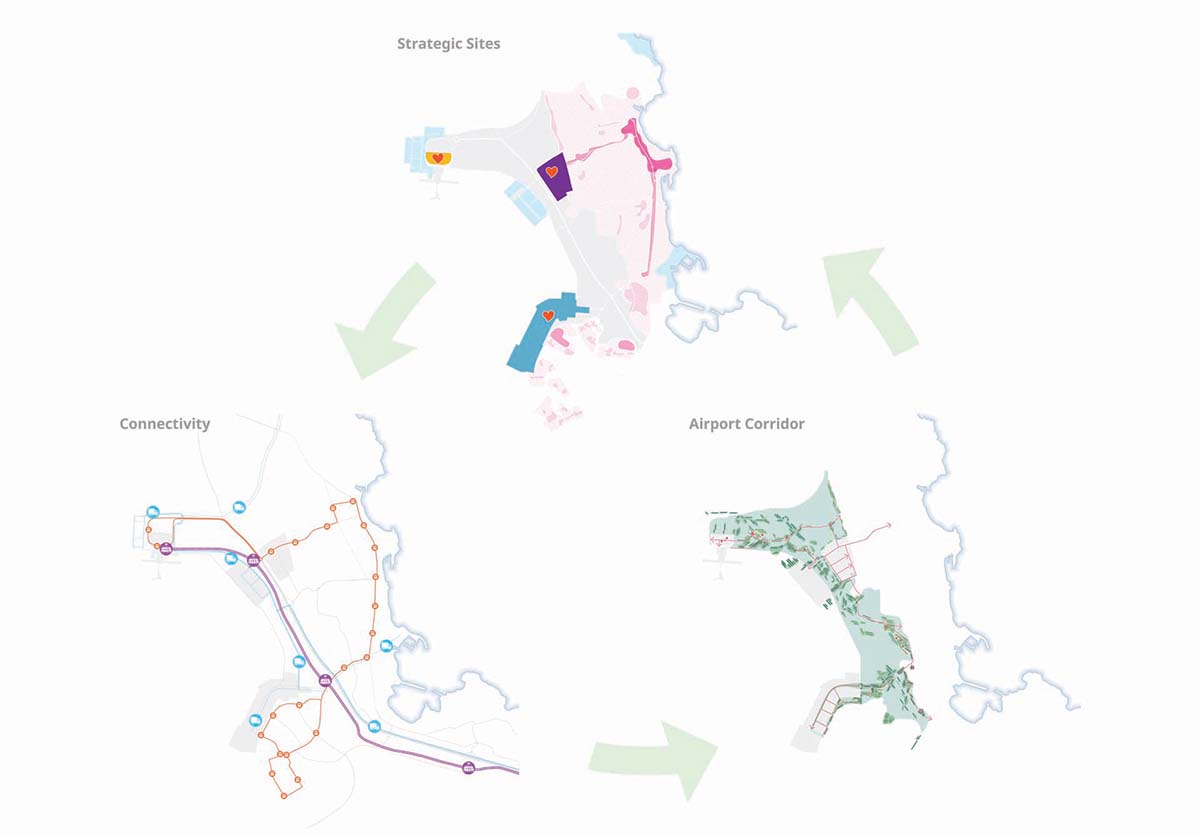
To transform the Masterplan Framework for Keflavík Airport Area into reality, the multidisciplinary team developed a cohesive yet incremental strategy for the catalyst sites. ‘A project of such significance requires a bold and at the same time sensitive approach. A step-by-step roadmap will provide investors with a trajectory that responds to the possibilities, to the market, to the culture of development and to the stakeholder landscape over time.
This gradual approach should also apply to stakeholder relations, which need to be developed with great care so as to create a resilient and ambitious organisation,’ says Anouk Kuitenbrouwer, partner in charge at KCAP. Positioning Kadeco - the client - as a forward-looking collaborative partner, capable of realising a vision for change, is vital for the future of the project.
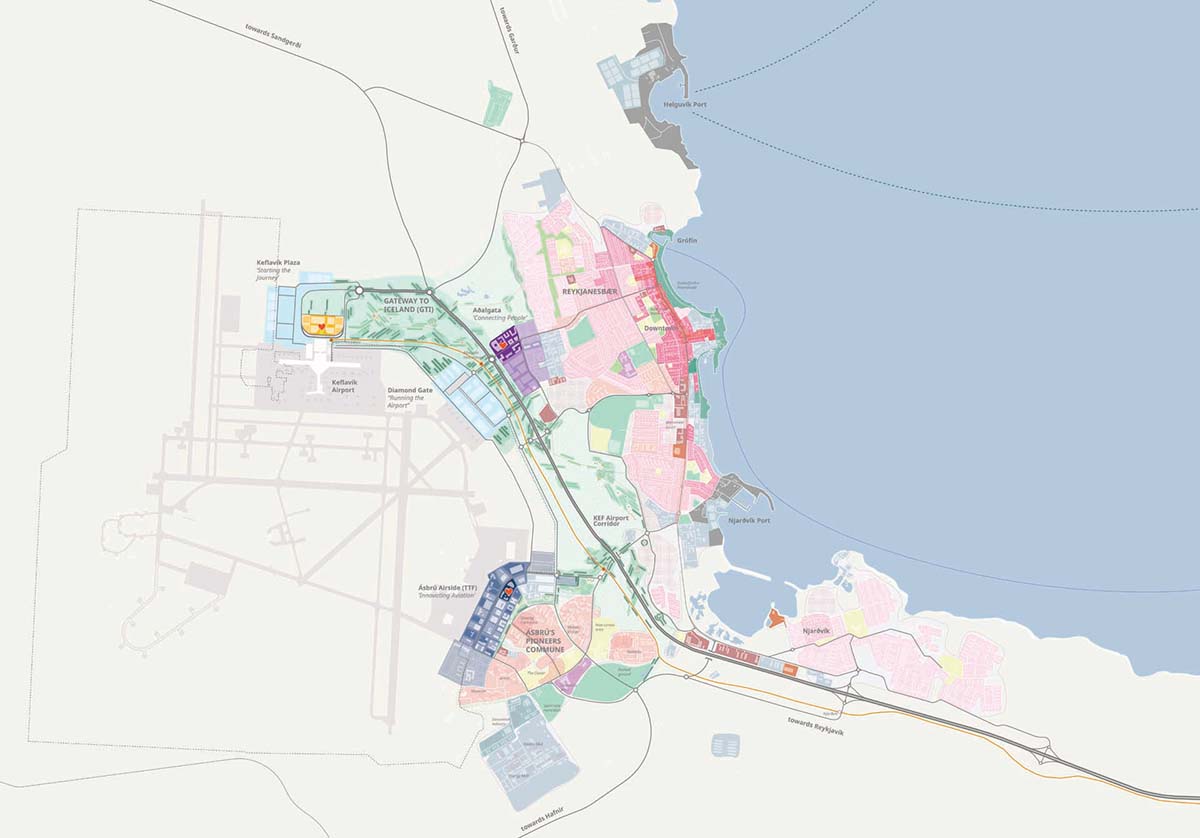
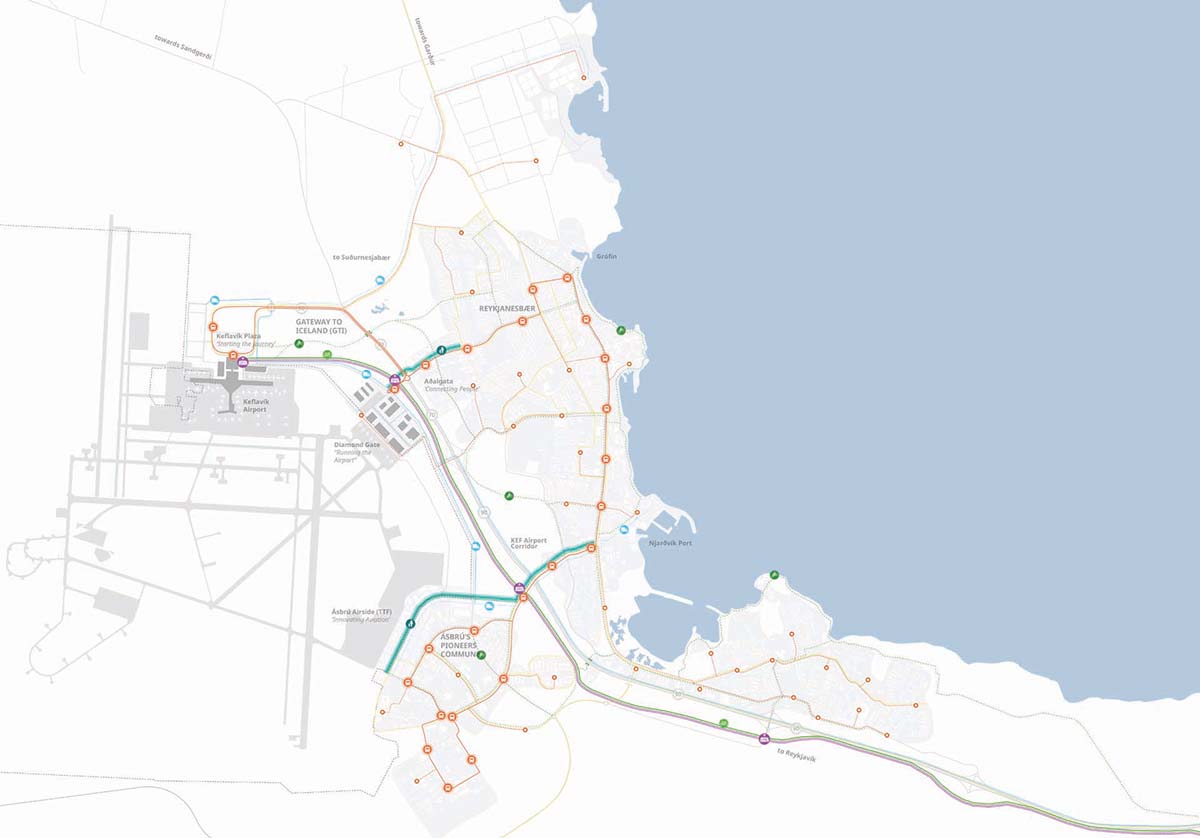
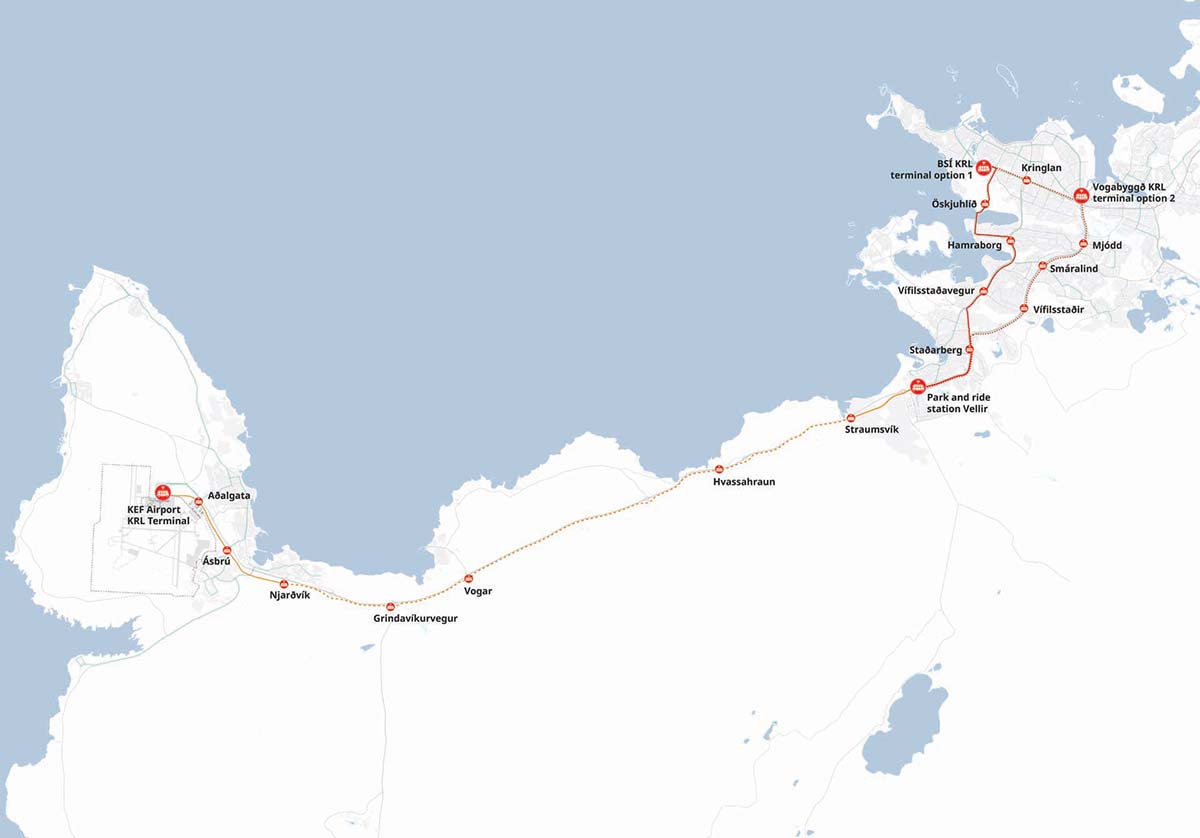
Project fcats
KCAP, Zurich (urban planning and urban design)
WSP, London (economic and real estate development, collaborative development and organisational readiness)
Felixx Landscape Architects & Planners, Rotterdam (landscape architect)
MIC Mobility in Chain, Milan (mobility and transport planning)
VSO Consulting, Reykjavík (local coordination, urban planning)
Buck Consultants International, Nijmegen/The Hague (cargo planning)
Buro Happold, Berlin (climate and aviation mitigation, environmental performance and energy supply strategy)
Base Design, Brussels (placemaking and wayfinding)
Maurits Schaafsma, Amsterdam (airport area masterplanning)
Amberg Loglay, Zurich (emerging aviation technologies)
Kanon Arkitektar, Reykjavík (local architect and landscape architect)
Client: Kadeco (Keflavík Airport Development Company), Keflavík
Program: Strategic Masterplan for the development of the Keflavík Airport Area
All images courtesy of KCAP
> via KCAP
